In the section 'The gallery of' we let a selection of gallery owners from the Netherlands and Belgium speak: how (and when) did they start their gallery, what has changed in the art world since then, what is their profile, what collect themselves, and what is the impact of Corona on their gallery? In this part: Narda van 't Veer & Jasper Bode (The Ravestijn Gallery)
Did you inherit art from home?
N: We didn't have much art at home, but we did go out regularly with my parents. We visited museums at home and abroad. It aroused my interest: when I started living on my own when I was eighteen, I quickly bought my first works. These were three photos of Karel Fonteyne, with whom I worked as an agent.
J: As a kid I was always fantasizing and drawing, so it's been in there since I was a kid. As a teenager I absolutely wanted to go to the Rietveld Academy and ended up there when I was 19.
How did you come into contact with the art world?
N: I started buying myself. My first gallery purchase was Bloom Gallery, a painting by Kiki Lamers. I had to have that. I was already working in photography as an agent at the time, but I thought this was such a great job. I used to visit galleries in Amsterdam almost every weekend. There were also the fun parties there at the time, so win-win.
J: Besides the openings my parents went to, the academy was my first real contact with the art world. Actually the other side, the side of the maker. During that time we went through a lot of openings, both in Amsterdam and Rotterdam. That was a great time. I didn't finish the Rietveld in the end, but started working straight away, basically as a gallery owner without a gallery: I helped set up and produce art projects for various artists and curators. I've been able to do fantastic projects, including 'The Laugh of Number 12' in Fort Asperen, curated by Anna Tilroe. And 'The Hortus Bridge', where we placed a photo of Inez van Lamsweerde under the movable Hortus Bridge, a project we had been working on for three years and which was destroyed in one night. There was a group who found the statue misogynistic. There was so much press around this project that they used this project to fuel the debate, while the image was supposed to accomplish just the opposite. By and for women!
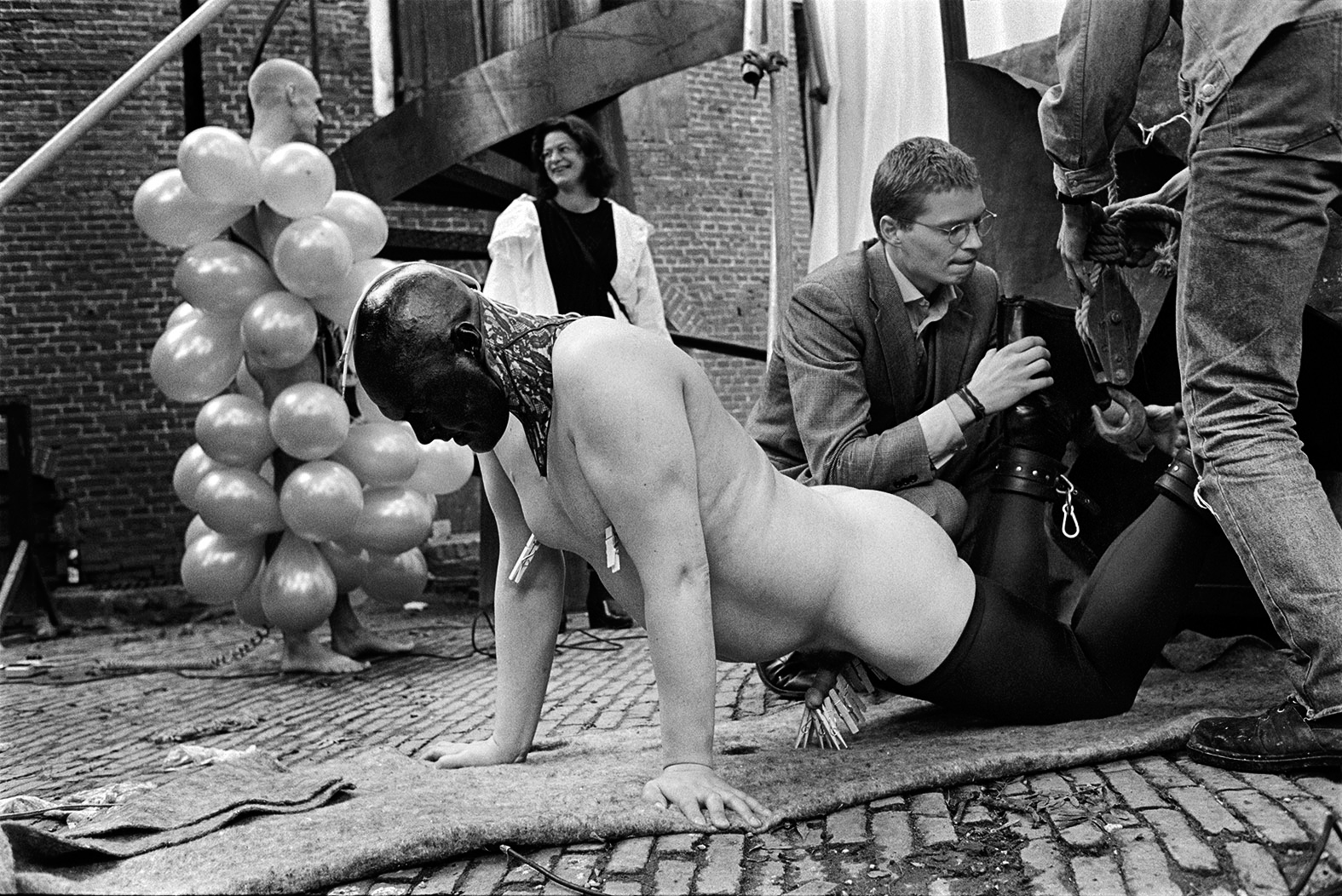
Opening performance Fort Asperen by Leigh Bowery © Leo Erken (1994)
What was your first job in a gallery? Or did you start your own gallery right away?
J: My first job was at Lumen Travo during my studies. I installed then too – when I think back to how I did that then, with today's knowledge, I'm surprised it's all stuck on the wall. At that time, the emergence of photography in art was present, but in my opinion it was not yet taken so seriously.
N: After years of working as a commercial agent in photography, I wanted to focus on art. I went looking for a suitable exhibition space and in 2012 I moved my office to the Westerdoksdijk, where we could use our downstairs space as a gallery space. That's how it started. Jasper and I have been looking at photography for 30 years. From classic black and white images, nudes, still lifes and landscapes to more conceptual work, collages and installation works. The medium has taken off, which makes it very exciting for us.
J: I think we've grown organically from the classical genre, which we certainly don't shy away from, to a gallery that also shows the more experimental side of photography. We have now organized 52 exhibitions and this month we are celebrating our tenth anniversary with an anniversary exhibition entitled 'One-of-a-Kind'. We have asked the artists we have worked with to produce a unique, preferably unseen work. They were given carte blanche for that.
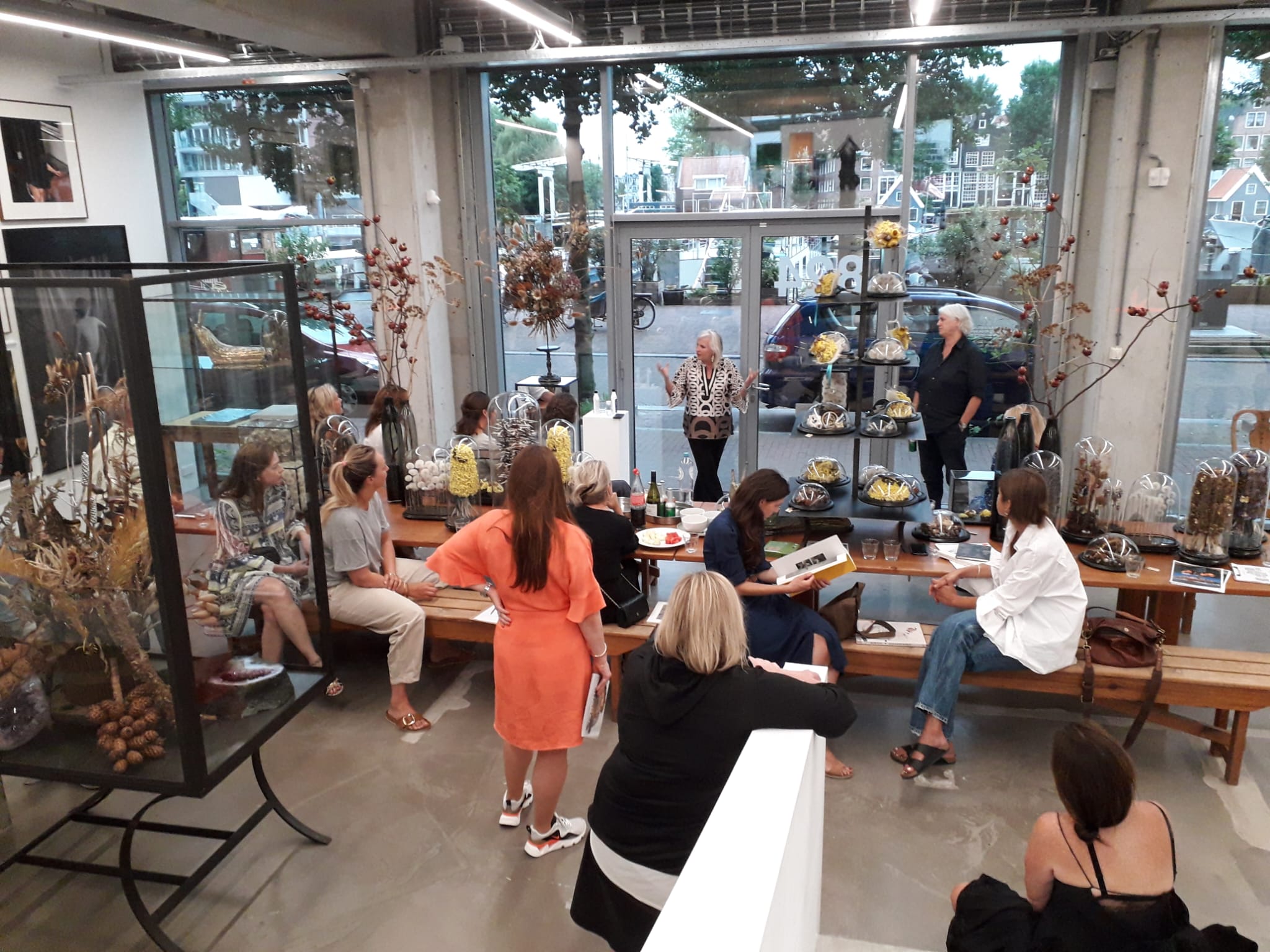
The Salon Show, a collaboration between The Ravestijn Gallery, Ravestijn Antiques en de Wunderkammer
How would you describe your gallery's profile?
J: We try to move on the cutting edge within the possibilities of the medium. We don't shy away from anything. For example the show 'Nude – Arising from The Ground' by Mariken Wessels: an installation with photos and almost life-size ceramic sculptures. We also made a solo presentation with this at Art Rotterdam in 2019. I was very proud of that. As for the selection of artists, Narda and I generally agree.
N: At trade fairs we each go our own way. When we discuss what has struck us, we almost always have the same works on our minds. I think our tastes have grown together. We often end up with the more experimental forms within photography.

Installation view ‘Nude – Arising from the Ground’ by Mariken Wessels (2020)
What do you think is the best aspect of the gallery owner's profession?
N: I really like – when we put on a show – thinking about who would be interested in which work. Or to see that a customer you have known for a while grows with his or her choices.
J: It's crazy to be able to make a good match. That's what you do it for. It is frustrating for both artist and gallery to organize a show where nothing is sold. You believe in something, then you want it to go somewhere.
N: Ten years ago that was a real struggle, but now we have built up a fine customer base, both at home and abroad.
J: Devising and installing the shows is the icing on the cake for me. I think it's special to unpack the incoming work together with an artist, put it down in the places that have been devised in advance, and ultimately decide together that it all has to be done differently, or not.
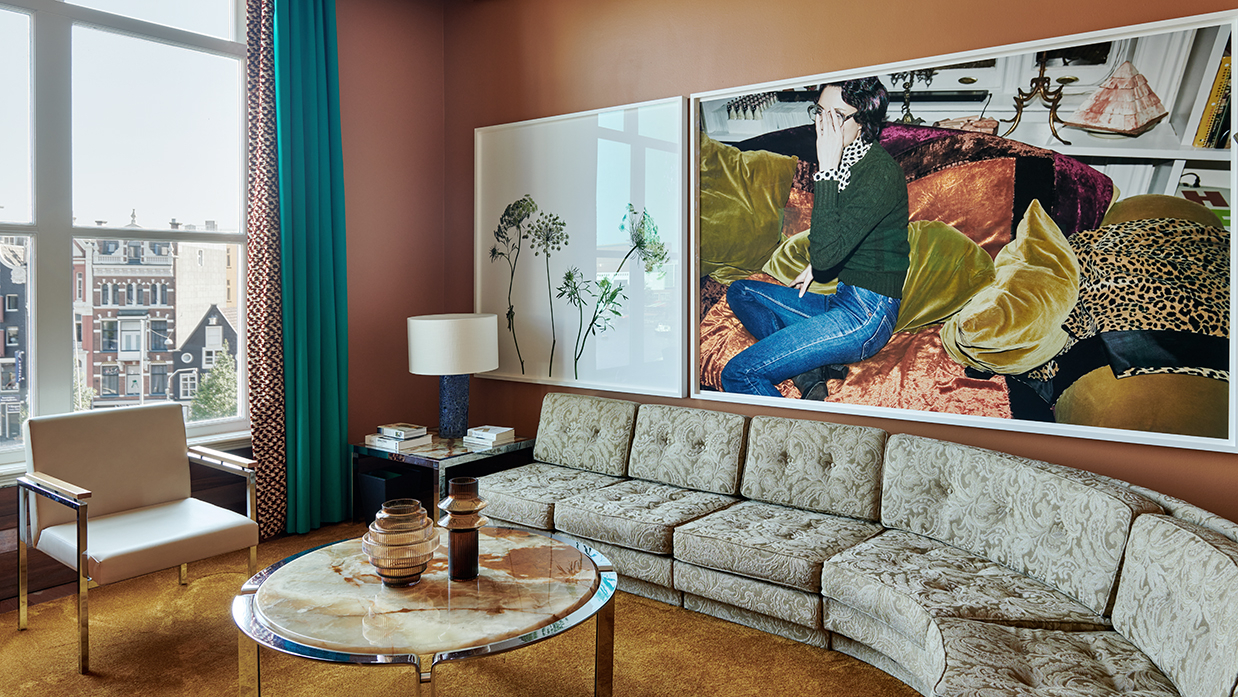
Johan Tahon & Stacii Samidin © The Ravestijn Gallery Suite in Hotel de L’Europe with work by Inez & Vinoodh alongside others
Which galleries do you feel nationally/internationally related to?
N: We work with several galleries with whom we share artists, for example Jessica Silverman Gallery in San Francisco, for Matt Lipps. Other galleries we work with include Rubber Factory in New York, Galerie XII in Los Angeles, V1 Gallery in Copenhagen, as well as Flatland and Galerie Van Gelder in Amsterdam. I like 303 Gallery from New York, I bought work there myself.
J: Locally we think GRIMM is very good. We recognize ourselves in their working method. The Dutch market is a very nice market, but a small one and therefore quickly saturated. So we also have to focus very actively on the foreign market.
N: We do this by participating in trade fairs, and we have had a lot of visitors and sales through our website in the past two years in particular.
J: We notice that paying a lot of attention and care to the content of your website pays off. So far, that focus on online has been very successful for us, not just because of Corona.
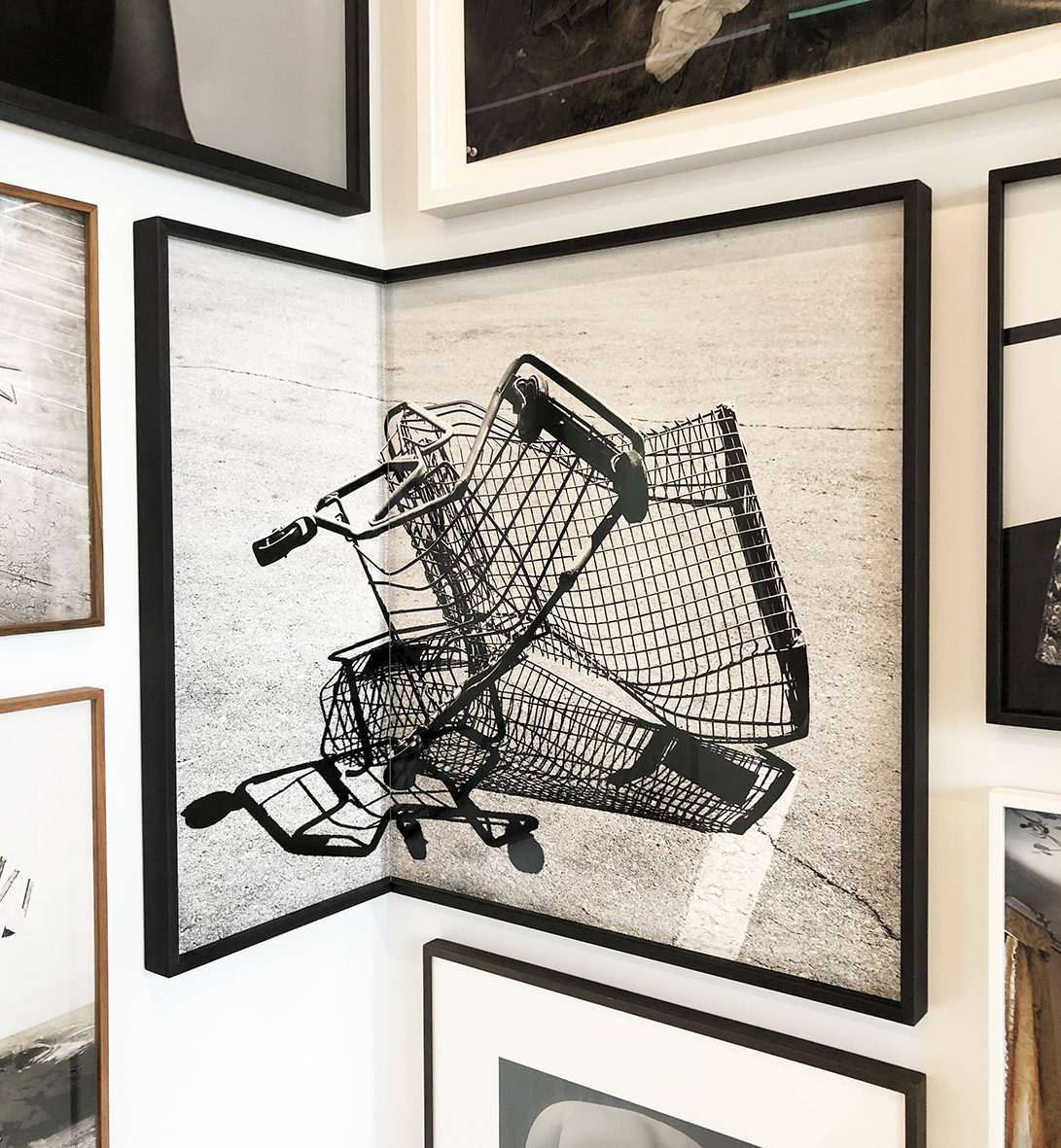
Detail installation view The Salon Show (2020)
In an ideal world: which artist would you most like to represent?
N: Collier Schorr!
J: Todd Gray. Beautiful work. His works are actually huge sculptures. I love it when a photo becomes sculptural, of course that can also be in the photo itself.
N: Gray tells a very important story. So it's also about the content. With both artists it is a combination of concept, image and technique. I am also a big fan of the work of Mickalene Thomas.
J: When it comes to conceptual work, we are well represented. But I think there is still plenty to discover in photography. Our last summer show 'The Constructed Image' (2021) was a very exciting show to make; a group exhibition bringing together nearly twenty (inter)national and experimental artists, which shows that photography is not only reproducible, but can also be a source for something completely different. At the time, this show was also named one of the 10 most beautiful exhibitions of 2021 by Het Parool. All in all, it was a very successful show. With a number of artists who were in that show, we will be organizing more exhibitions in the coming years.

Installation view ‘The Constructed Image’ (2021)
What has changed in the art world since you took your first steps?
J: A lot has changed, for example that art is becoming more and more an investment. We are regularly asked: “If I buy this, what will it be worth in ten years?” I often use Narda and her collection as an example. She has been collecting for thirty years: half has become worth more and the other half has not. You win some, you lose some.
N: You notice that people go by the name, because then the work could represent value in the future. I don't believe in that myself.
J: You have to fall in love with a work, a work that lingers on your retina. If you are unable to forget it, then you must purchase it. It also has something obsessive about it. Seeing something as an investment, in my opinion, ignores the excitement about the work itself.
N: And what has fundamentally changed is that you used to have to go to the gallery to look at art. That is no longer necessary: often people who come in here have already done a bit of preliminary research online. Although this is not always necessary with photography, some still want to experience the work physically – because we bring more and more conceptual, layered work, we do feel the need for people to see it in real life. And yet we sell relatively many works online, unseen!

Narda van ’t Veer's private collection © Inga Powilleit voor de Volkskrant
What/who do you collect yourself?
N: I have several collections side by side. On the one hand I am an avid photo book collector, we also have a library in the gallery with around 5000 titles. In addition, I mainly collect female nudes and I have a small 'kitchen collection': works that deal with food left or right. A favorite from that collection is a work by Matt Collishaw from his 2011 series Last Meal on Deathrow. Each statue depicts a last supper of a Texas inmate on death row, and each statue is named after that person. Beautifully poetic, dark images with a horrible undertone
J: I bought very little art myself - my collection was born from thirty years of working with artists from whom I received works. If I had to buy something now, it would be a four-part by Hans Eijkelboom, entitled 'With My Family'. In the 1970s, Eijkelboom visited Dutch 'model families' – father, mother and two children – when the father was at work. He then asked if he could shoot a family portrait, with himself as the father figure. Like a complete stranger, he took those children on his lap – such a thing would no longer be possible. I've had this work on my mind for two years, maybe it should come of it after all.
N: I would very much like to have a portrait of a crying woman by Ann Collier for my collection. There was once a small duo show with work by her and Collier Schorr, entitled 'Ann Collier Schorr'. That was the pinnacle for me.
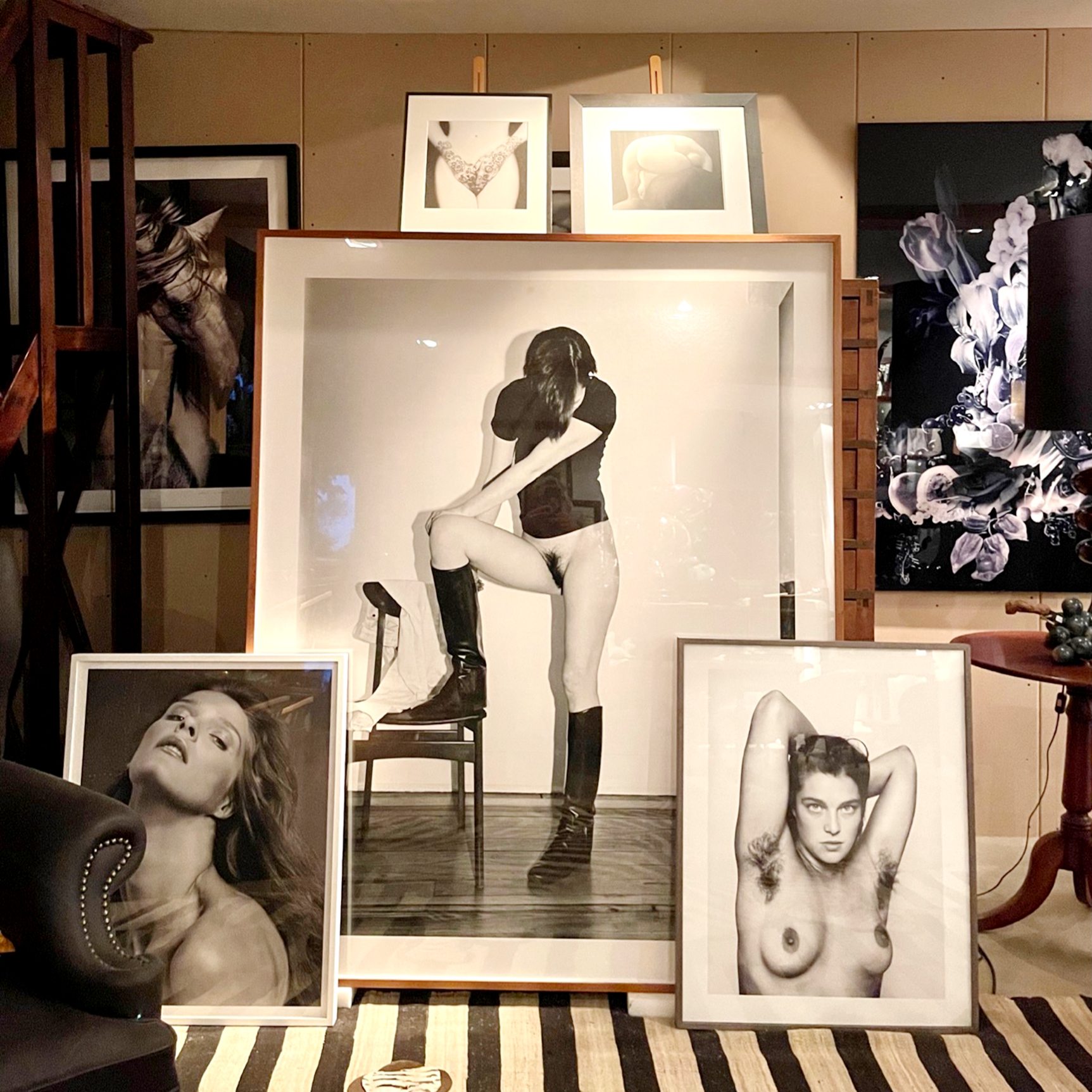
Narda van ’t Veer's private collection with work by Inez & Vinoodh, Collier Schorr and Robin de Puy
Has Corona influenced your thinking about the art world?
J: We were lucky to have a new online gallery system installed just before Corona broke out. The site had just been completely renewed, so we didn't really stand still. In fact, to our surprise, we performed well in those two years.
N: Online sales are a bit easier with photography than with painting, for example. Although it is true that the more conceptual a work is, the faster one has the desire to see it in real life.
J: The framing is also important in the whole. We now also often photograph these, so that people can see exactly what they are buying. The social media generation mainly knows what they encounter in the online community, such as the well-known NFTs. I think this brings art to the attention in a new way. We now know that young buyers can also pay huge amounts for a work. We are not going to sell NFTs, I see this development as an entry-level model: I assume that they will eventually make a switch to physical art, and that they will then find their way to us!
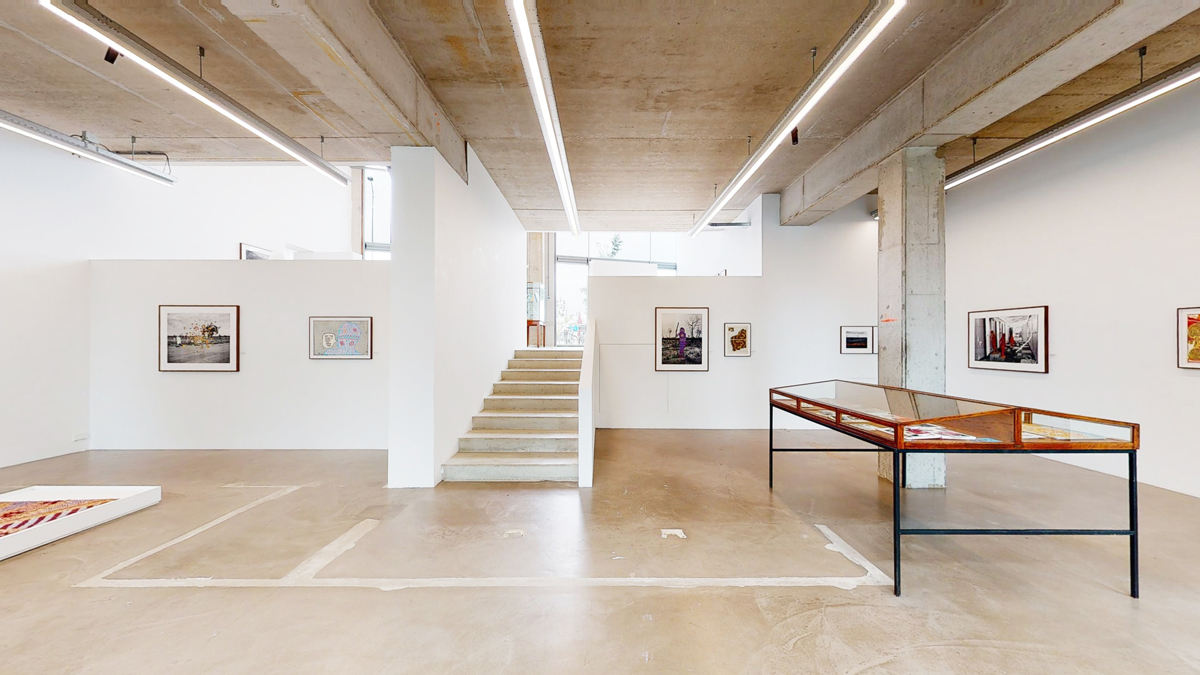
Installation view ‘Restricted Images’ by Patrick Waterhouse (2020)
